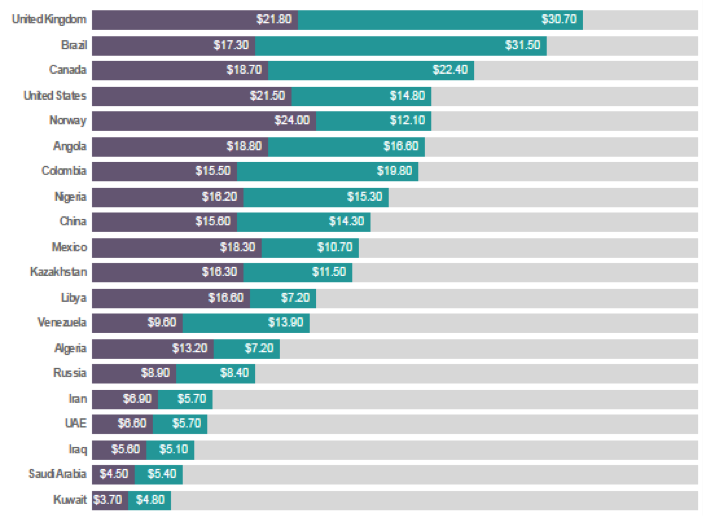IDC HPC Forum
9/6/16 – 9/8/16

The success rate of oil and gas discovery has improved significantly thanks to advancements in remote visualization. Geoscientists now leverage 3D modeling techniques and predictive analytics to study datasets from a variety of remote locations in order to optimize the placement of production wells and increase revenue.
Today, over 70% of the world’s oil and gas production comes from aging fields, meaning that the majority of easily accessible natural resources have already been tapped, and sophisticated discovery and extraction techniques are necessary to extend production. As companies strive to satisfy the growing demand for natural resources, they are faced with considerable risks associated with discovery and exploitation. The cost of offshore drilling can exceed hundreds of millions of dollars and provide no guarantee of finding oil. When natural resources are detected, the United States expends $36.20 to produce a single barrel of oil. Despite narrowing profit margins, the cost of production is only expected to rise.


Source: UCube by Rystad Energy, 2015
In an effort to refine oil and gas exploration, companies are investing in scalable, high-performance remote visualization technology to quickly and cost-effectively process data from numerous field locations. Backed by HPC innovations, remote visualization can increase the likelihood of locating viable drilling sites, allowing companies to exploit new energy reserves using higher-quality images and more precise data interpretation.
The adoption of a Virtual Desktop Infrastructure (VDI) allows geoscientists to access 3D graphic-intensive applications within a virtual machine, sharing intricate images, videos, and models across distributed research sites. Companies are investing in VDI to deliver a centralized platform of compute, storage, and virtual machines to enhance data sharing and employee productivity. Corporate center employees and on-site field teams are now able to harness massive amounts of subsurface data in order to conduct advanced simulations and make more informed, data-driven decisions.
Additional benefits of remote visualization include:
As the demand for natural resources rapidly increases, companies are looking to high-performance remote visualization to remain competitive, making significant investments in cutting-edge monitoring technologies capable of rendering more accurate simulations and accelerating discovery and production. According to a 2015 study conducted by Accenture and Microsoft, 86% to 90% of energy companies surveyed reported that leveraging analytical, mobile, and virtual capabilities would help streamline operations and add value to their businesses. In some instances, remote visualization increased oil and gas exploration success as much as 30% to 50% while reducing operating costs by 5% to 25%.
Survival in the oil and gas industry hinges on the ability to interpret critical information in real-time – the faster the technology, the greater the performance, productivity, and profitability. As advancements in HPC continually improve mapping and modeling for energy exploration, companies must harness complex datasets to produce profitable results. HPC-driven remote visualization has the potential to identify lucrative drilling sites, extend production, and accelerate business growth.